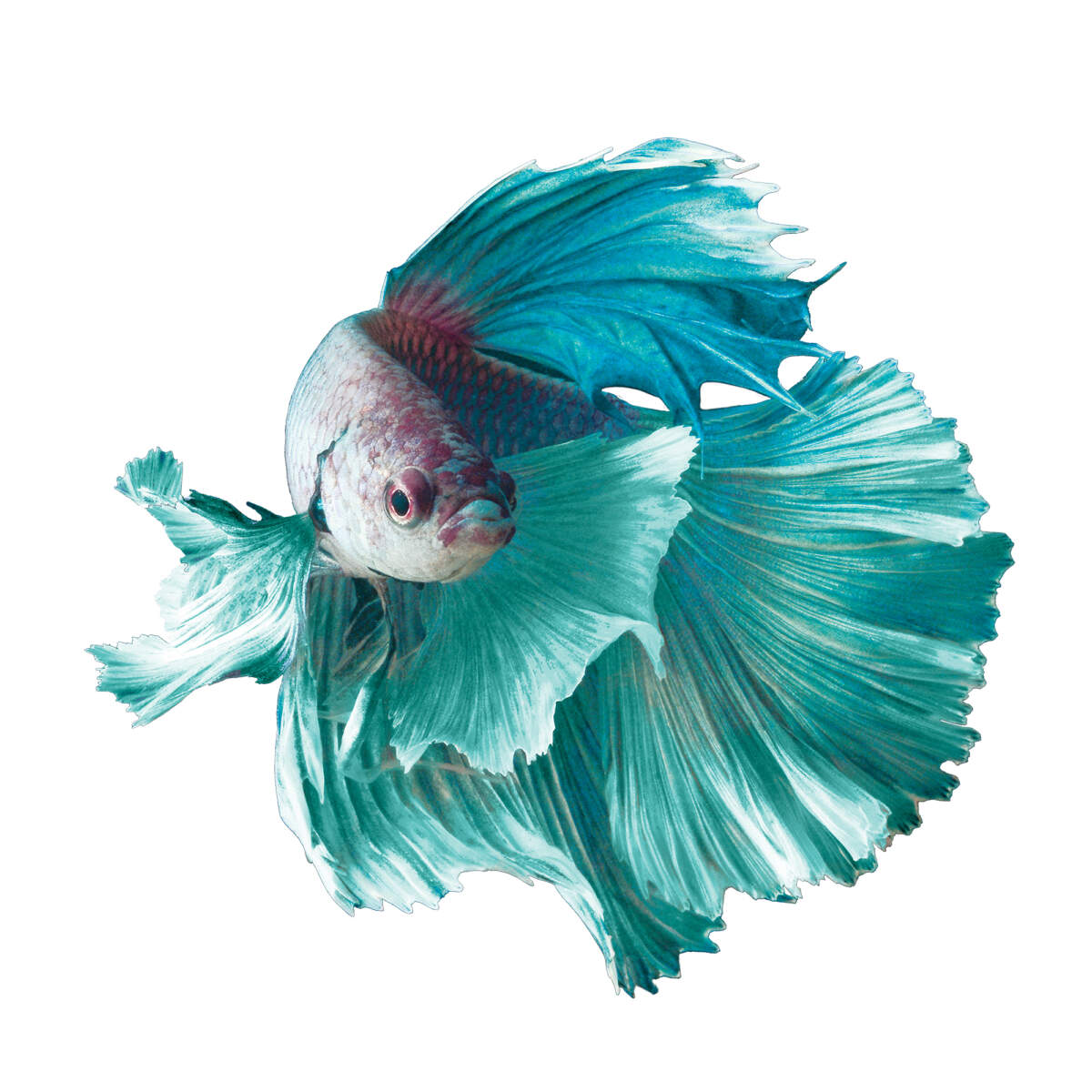How to Create the Perfect Betta Fish Environment in your home
How to Create the Perfect Betta Fish Environment in your home
Blog Article
How to Breed Betta Fish Successfully: Expert Methods and Insights for Hobbyists Wanting To Broaden Their Betta Collection
Reproducing Betta fish needs a nuanced understanding of genetics and environmental problems, making it essential for enthusiasts to approach the procedure with both persistance and care. Creating an optimal reproduction atmosphere, choosing the appropriate pairs, and observing the ins and outs of their courtship actions are foundational steps that can considerably impact the result. The subsequent treatment of the fry is crucial for ensuring their healthy advancement. As we explore these crucial parts, it becomes clear that successful reproduction is not practically the initial pairing but incorporates a broader technique that qualities mindful factor to consider.
Comprehending Betta Fish Genetics
Recognizing the genes of Betta fish is important for successful reproduction, as it influences qualities such as shade, fin shape, and habits. Betta fish show a varied selection of colors and patterns, mostly determined by their genetic makeup.
In enhancement to coloration, fin morphology is an additional considerable aspect of Betta genetics (betta fish). The shape and size of fins are influenced by various genetics, including those that figure out whether the fins are brief, long, or veil-shaped. Recognizing these genetic variations aids dog breeders predict the phenotypic outcomes of their spawn
Furthermore, behavioral traits such as aggressiveness and territoriality can likewise be affected by genes. These behaviors play an important duty in the breeding process, as they can affect spawning success and the general character of the resulting fry. By thoroughly understanding these genetic concepts, breeders can make informed choices, inevitably improving their breeding programs and accomplishing preferable outcomes.
Preparing the Breeding Environment
Producing an ideal reproduction atmosphere is important for the effective recreation of Betta fish. The first action in preparing this atmosphere is to select an ideal breeding container, ideally ranging from 5 to 10 gallons.
Following, think about making use of a sponge filter or an air stone to give gentle water flow without creating strong currents that can stress the fish. It is necessary to install plants or breeding cones to offer hiding spots and promote convenience for the female during the spawning procedure. Drifting plants, such as Java moss or water sprite, can also create a more all-natural atmosphere while facilitating bubble nest building by the male.
Prior to presenting the breeding sets, make sure the water is conditioned and devoid of harmful chemicals, such as chlorine or hefty metals. betta fish. Regular water changes should be performed to maintain optimum water quality, enhancing the chances of successful breeding. With these preparations in position, the reproducing environment will support the health and well-being of both Betta fish
Choosing Breeding Pairs
Picking the appropriate reproduction sets is essential for accomplishing effective Betta fish recreation. When selecting your breeding pairs, think about several crucial aspects Read Full Report consisting of wellness, character, and genes. Healthy Betta fish show dynamic colors, clear eyes, and active behavior. Choosing fish that are devoid of condition ensures a better opportunity of producing feasible spawn.
Temperament is one more important consideration, as Betta fish are known for their hostile nature. It is advisable to pick a male and woman that show suitable personalities to lessen stress and anxiety during the reproducing process. A tranquil man can urge a smoother courtship, while a female that is also aggressive might interrupt the procedure.
Genetic background additionally plays a substantial duty in the quality of the children. Reproducing fish that are genetically varied can decrease the threat of hereditary health and wellness concerns and improve the overall vigor of the fry. It is valuable to investigate the family browse this site tree of both the male and woman, concentrating on desirable qualities such as fin type, shade patterns, and dimension.
The Breeding Process
The breeding process of Betta fish needs cautious planning and interest to detail to make certain an effective outcome. It is important to prepare an ideal reproduction tank, preferably a 5-10 gallon aquarium with a temperature preserved at 78-80 ° F. The container must be furnished with a heating system, filter (preferably sponge type to avoid strong currents), and lots of marine plants for the lady to conceal.
As soon as the setting is set, introduce the selected breeding set to the storage tank, enabling them to accustom. Observe their actions; the man will display sophisticated courtship rituals, including flaring his fins and developing a bubble nest. If the lady shows rate of interest, she will certainly display upright stripes suggesting readiness for spawning.
When the lady is responsive, the pair will certainly involve in a mating embrace, throughout which the male feeds the eggs. Preserving ideal water conditions throughout this period is necessary for the growth of healthy and balanced Betta fry.
Taking Care Of Betta Fry

Feeding Betta fry is important, as they call for a diet regimen high in protein. At first, they can be fed infusoria or liquid fry food, transitioning to carefully smashed high-quality pellets as they grow. Feed tiny parts multiple times a day to urge healthy development without overloading the storage tank with uneaten food.

As they mature, monitor their growth carefully and divide any type of hostile people to avoid damage. By supplying a nurturing setting and proper nourishment, hobbyists can effectively elevate Betta fry into dynamic, healthy and balanced fish, ultimately boosting their reproduction undertakings.
Verdict
Effective Betta fish breeding requires thorough focus to hereditary choice, ecological problems, and treatment for official statement the fry. By recognizing the genetics of Betta fish and preparing a proper breeding setting, hobbyists can improve the opportunities of producing dynamic, healthy offspring.
Report this page